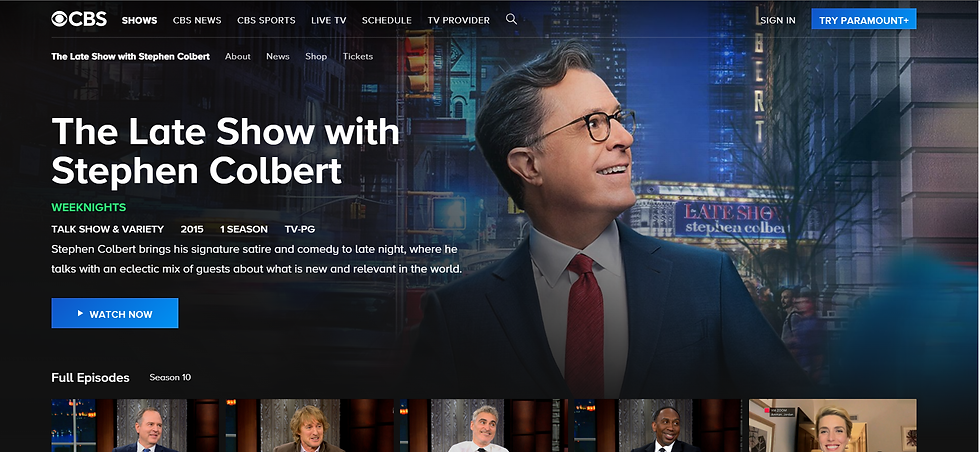Pure and Simple – 8 Ways to Write More Efficiently and Effectively
- Mark Campbell

- Jan 2, 2021
- 3 min read
Updated: Mar 17, 2021
Keeping it simple.
It’s important in any writing you do.
Simple is elegant.
It engages.
And it ensures any point you make is easily understood by your audience.
As a writer, I can tell you from personal experience that there are times when keeping it simple can be anything but.
Depending on the topic, it is easy to bury your message in dull, dense content that provides a ready cure for insomnia as opposed to motivating, inspiring, or converting target audiences.
So let’s look at some useful tips that will help you say what you want to say in a clear, concise, and engaging way:
Short and sweet: Long sentences are often torturous. I remember reading an opinion piece once that was so dense, I started counting the words the author used in a particular sentence. I stopped at 90. That’s not good, because I remember the length and not what he was saying.
Although it is several years old, research suggests that readers can understand 100% of a story with sentences that average eight words or less. That comprehension level drops to more than 90% for a story where sentences average 14 words, and to less than 10% for stories where sentences average 43 words. If you can find ways to break up long sentences into shorter ones (hint: look for commas), you won’t break down your audience.
By the way, short and sweet also applies to your paragraphs. In fact, the shorter your first paragraph, the more inclined a reader will be to read on.
Rein in the syllables: You probably know a lot of big words. Words that look impressive. Words that suggest you are well read and knowledgeable. These words can compromise the clarity and comprehension of your writing. When writing for a general audience, replace words like remuneration for pay, or utilize for use.

Lose the jargon: Your incredible process or doohickey is probably really, really great. But if you are using industry-related or highly technical terms to describe its virtues, no one will understand that apart from the technicians who developed it. Unless you are writing for a scientific or academic audience, avoid industry terms, initialisms, acronyms, or anything that will be unfamiliar, obscure, or too complex for the average reader to get.
One idea at a time: It is easier for an audience to process a sentence or a paragraph if it conveys one compelling idea as opposed to several. Much like this point. Just remember, if you start to wander, your audience will too.
Consider lists: I know this is getting kind of meta, but when you use a point-form list with boldface type headers to convey key messages, it reduces clutter and ensures each idea stands out.
Use active voice: There is a big difference between writing an article and an article written by you. The active voice is not only energetic, it also vital in making your point with precision and clarity.
Make it personal: If you want to keep your audiences engaged, talk directly to them, using words like ‘you’ or ‘your.’ Also, consider bringing in your own perspectives and experiences, which can make your message more compelling, relatable, and easier to grasp.
Well, that was short, simple, and clear, wasn’t it? Now, imagine what you can create by following these suggestions. Better yet, go do it.
Did these tips help you? Do you have your own methods for creating clear, concise content? Did you notice the one or two times I used a big word or long sentence to see if you were paying attention? Leave a comment and let me know.




Comments